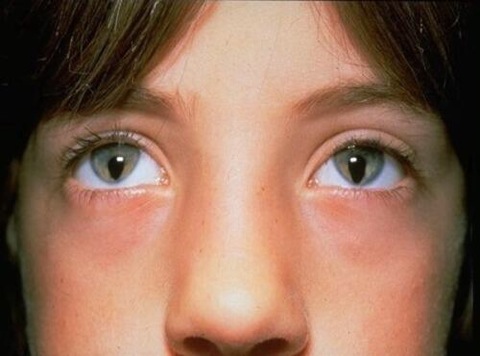Iris Coloboma
A Coloboma is caused when a baby’s eyes do not form properly during pregnancy and there is a failure of complete closure of the tissue within the eye.
It is basically a hole in one of the structures of the eye, such as the iris, retina, choroid, or optic disc that is often present from birth (congenital).
Most commonly coloboma only affects the iris.
Children with this type of coloboma often have fairly good vision. Their pupil may be shaped a bit like a keyhole. They may have some problems with and dislike bright lights because the iris, which usually limit the amount of light entering the eye by controlling the size of the pupil may not work properly. Too much light entering the eye can cause discomfort and distort the image created.
Measures can be taken to help protect a child from sunlight such as tinted glasses, sun hats or sun blinds in cars.
Most Colobomas are diagnosed at birth or shortly afterward.
This condition occurs in about 1 in 10,000 births.
Coloboma can affect one eye (unilateral) or both eyes (bilateral).
Sometimes children with coloboma may have other problems and some ‘syndromes’ which include coloboma, such as CHARGE, a rare condition which stands for:
C – coloboma
H – heart defects
A – atresia of the choanae (problems with the nose passages)
R – retarded growth and developments
G – genital hypoplasia (undescended testicles)
E – ear abnormalities.
There is no treatment for coloboma at present.
Courtesy of http://www.rnib.org.uk

